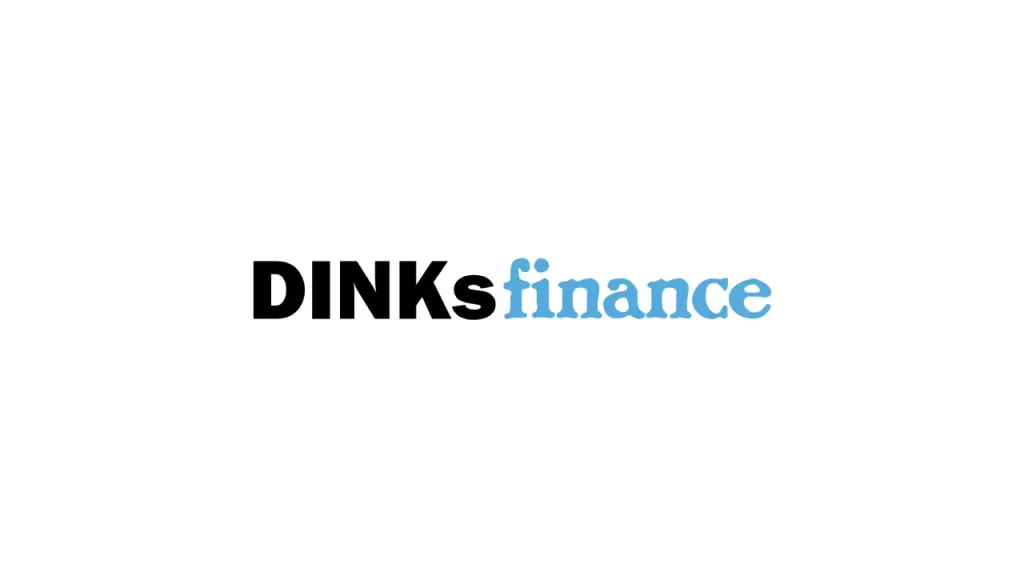I am now in Bangladesh for a month, leading another group of Afghan faculty members on a leadership study tour. One great thing about international travel is that it opens your eyes to business can and should be run. So, I’d like to share a bit about my thoughts on how Prosper.com might be able to learn from international micro-lending institutes. Bangladesh is unique in being home to both the BRAC and the Grameen Foundation. Both of these organizations work in micro lending to poor entrepreneurs.
To provide a bit of context, BRAC has proven that development of an impoverished nation can come from the inside. BRAC was started by a local Bangladeshi, Mr. Fazle Hasan Abed, who had been working for Shell at the time of Bangladeshi’s independence in 1971. BRAC has now become the largest non-profit organization in the world. BRAC works on a large scope of development issues, using profits from community run businesses to education and empower the nation’s poorest individuals.
On a similar note, the
The performance of some of these micro lending institutions can be quite impressive. For example, on BRAC’s newest programs in Africa they’ve had 100% loan repayment rate over the last two years on over $500k distributed in both Uganda and Tanzania. Granted that this is after years of having mastered the training that goes into such low default rates, but you’ve got to admit that they are doing something right. Keep in mind that BRAC charges a flat 15% interest rate on loans, so it isn’t free money.
Similarly, Grameen has experienced an 95 to 98 percent repayment of their loans. Grameen charges between 18 and 60 percent, but this is considerable better than the available alternatives. Much of Grameen’s target audience in the developing world can only get credit for interest of 120 to 300 percent.
It’s instructive to contrast the performance of these international lenders with the performance of peer to peer lenders here at home. For example, Prosper.com is a prominent online p2p lender. Prosper doesn’t advertise their default rate on loans, but we do have a snap shot of the potential default rate – our personal default rate thus far has been 21%.
What does this contrast suggest?
In my mind, this shows that a lack of training related to repayment has been lacking in the prosper model. If organizations can work with illiterate individuals in a nation often devastated by natural disasters and achieve a default rate of 0 to 5%, then there is no reason that Prosper can’t work with its borrowers to do the same.
Best,
Miel


No Comments yet!